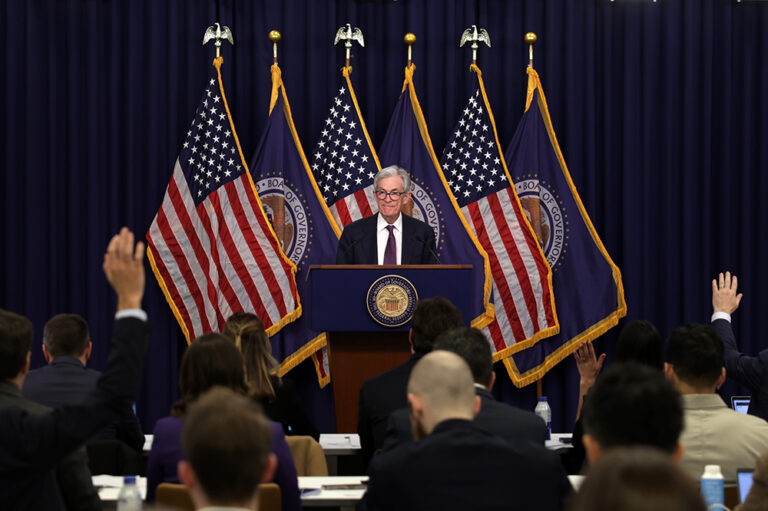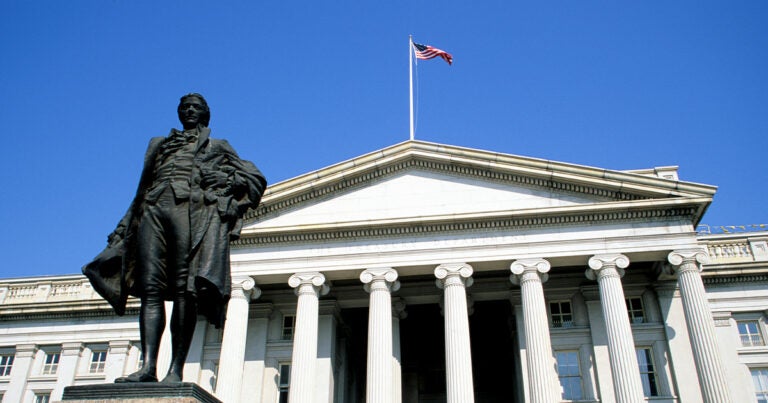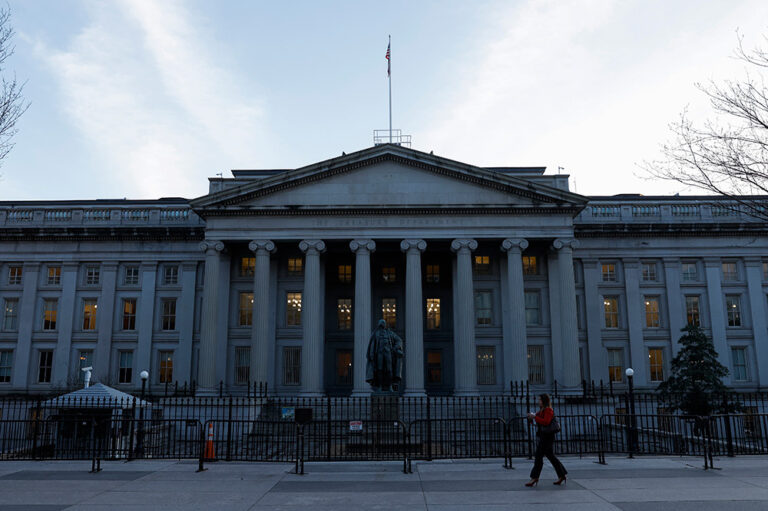Two new publications from the International Monetary Fund (IMF) examine the global economic and fiscal conditions amid recent policy uncertainty — and warn that the fiscal situation of the United States, which is expected to continue borrowing at a higher rate than the global average, could be veering into dangerous territory.
IMF’s Fiscal Monitor April 2025: Fiscal Policy under Uncertainty discusses the risks of elevated levels of global debt, highlighting the large primary deficits in systemically important economies such as the United States. The IMF warns that “risks of even higher debt levels have increased due to tighter and more volatile financial conditions and heightened economic uncertainty,” in a new report. On top of that, the IMF points out that the debate over extending provisions of the Tax Cuts and Jobs Act set to expire at the end of 2025 will further increase U.S. debt and “could add further pressure on long-term interest rates and government financing costs.” The report also notes that: “For the United States, a significant fiscal adjustment will be required over the medium term to put public debt on a decisively downward path. Different policy options could lead to this adjustment, but they will also rely on building social consensus to effectively address the ongoing fiscal imbalances.”
A second report, World Economic Outlook: A Critical Juncture amid Policy Shifts, finds that, in general, “restoring fiscal space and putting public debt on a sustainable path remain an important priority, while meeting critical spending needs to ensure national and economic security.” In a blog post accompanying the report, the IMF emphasizes the importance of sound fiscal policy to support economic growth and stability. It argues that as countries respond to changing conditions and policy unpredictability, “new spending needs should be offset by spending cuts elsewhere or new revenues” and that “governments should continue to engage in fiscal and structural reforms that help mobilize private resources and reduce resource misallocation” as a means of supporting stronger growth.
Although U.S. debt is rising at an unsustainable rate, many options are available to policymakers to put the nation on a better path. For example, the Peterson Foundation convened seven leading think tanks as part of the Solutions Initiative to put forward comprehensive fiscal policy proposals, offering a menu of options for U.S. leaders.
Further Reading
The Fed Reduced the Short-Term Rate Again, but Interest Costs Remain High
High interest rates on U.S. Treasury securities increase the federal government’s borrowing costs.
What Types of Securities Does the Treasury Issue?
Let’s take a closer look at a few key characteristics of Treasury borrowing that can affect its budgetary cost.
Quarterly Treasury Refunding Statement: Borrowing Up Year Over Year
Key highlights from the most recent Quarterly Refunding include an increase in anticipated borrowing of $158 billion compared to the same period in the previous year.


